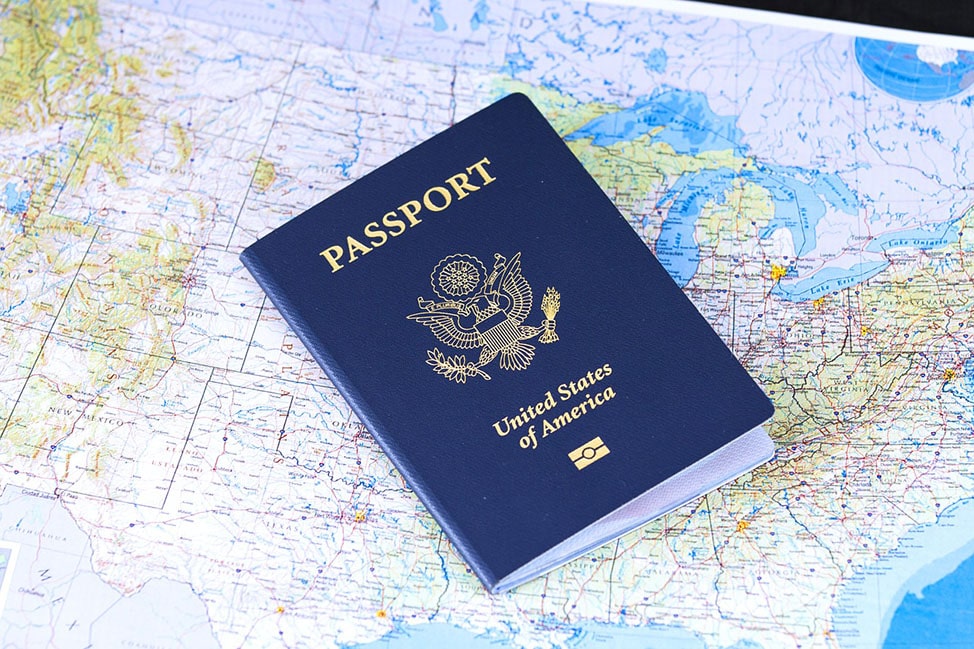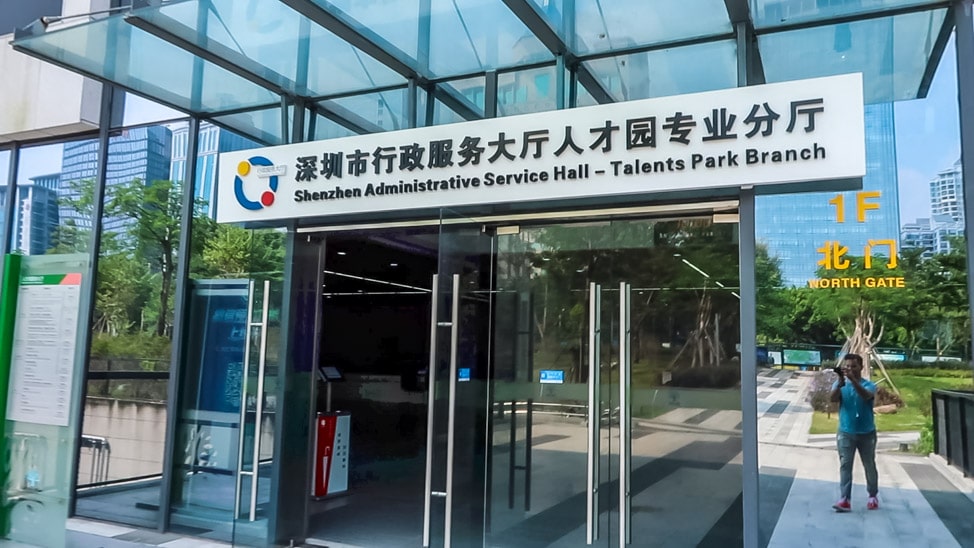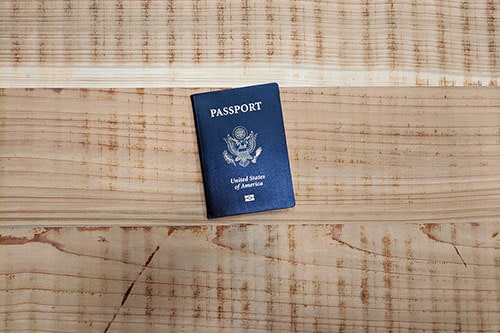It’s been six weeks since we moved to Shanghai, and we have settled into our new expat home quite nicely.
We made the requisite trips to IKEA to find a few extra pieces of furniture, snagged some decor pieces at Zara Home, and have fully embraced the variety of home delivery apps available to a Shanghai expat. Groceries, dinner, and even pre-chilled wine can be delivered right to our door.
The last step in the moving process was updating our visas. We renewed our one-year residency permits and Julie’s work permit in Shenzhen this past summer, so we had almost a full year left as we packed up our belongings in Shenzhen to head north to Shanghai. We confidently patted ourselves on the back for the foresight and ease with which the visa transfer process was sure to go. Well, we got our visas back just a few days ago. Over a month after we arrived. How is that possible, you may ask?
Well, the short answer is…China.
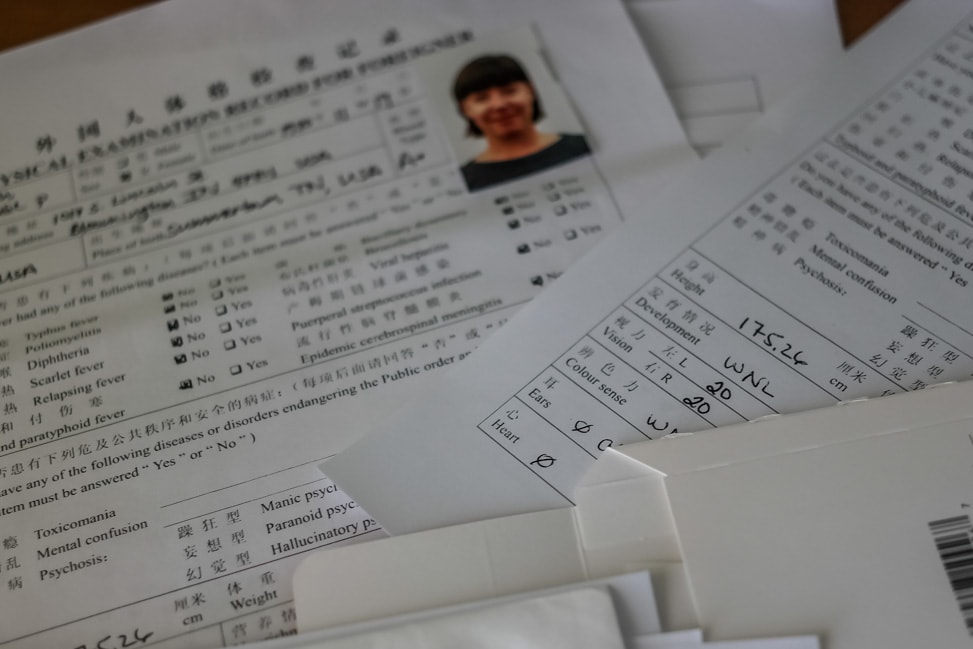
Transitioning from Shenzhen to Shanghai Expat
One quirk of the Chinese immigration system is that moving within China is not treated much differently from moving to China. Provinces and cities have their own set of paperwork and required documents, and a residence permit issued in one city is not valid in another. Our perfectly fine Shenzhen-issued visas were not applicable to Shanghai.
When Julie got the new role in her company, we imagined some bureaucrat at a desk somewhere literally deleting one address and typing in the new one. After all, we already had all the right documentation to live in China, and Julie wasn’t even changing companies.
We were so, so wrong.
This is yet another story of the China visa process (check out our tales of frustration in getting to China here, here, and here). Similar to then, the online resources dedicated to expats moving within China are surprisingly scarce, a fact that we picked up on the moment we realized that the Copy-Delete-Paste version in our imaginations was total hooey.
The story begins back on October 8th, where we began the process of ending of Shenzhen expat life.
October 8th
By early October, we knew that our visa application process was going to be complex. In fact, our recent driving tour of Ireland delayed the whole ordeal, but we had booked it earlier in the year. We had to wait until we were back in China for a long stretch before the application process could be started in earnest.
So on the morning of the 8th, we headed across Shenzhen to go to the Shenzhen Administrative Service Hall to finalize the cancellation of Julie’s work visa. We were met by our local fixer Ben, a person who is incredibly helpful but occasionally a bit flighty on the details. Our early morning appointment went smoothly, as Ben filed all of the paperwork with the officer and we were in and out within 30 minutes.
The next stop that morning was to the Entry/Exit Immigration Office. Here, we filed the documents to officially cancel our Shenzhen residency permits. We had our paperwork ready to go, in neat file folders, and Ben set about organizing them into the correct order (which seems to be an important step in expediting the process). Our number was called and we quickly ran over to the window and handed over the paperwork. Within another 30 minutes, the process of canceling our Shenzhen residency permits had begun.
We surrendered our passports and were given temporary visas (basically a sheet of paper that works like an ID for traveling domestically in China) and told to return the following Wednesday to pick up our passports. We hopped back on the metro, and breathed a sigh of relief that we didn’t encounter any delays.
Because we had a flight to Shanghai to catch that afternoon.
Side note: a new immigration office opened in our neighborhood just a few months earlier. However, our trusty companion Ben informed us that this office only issues new visas, but cannot cancel visas. Cue the dramatic eye roll.
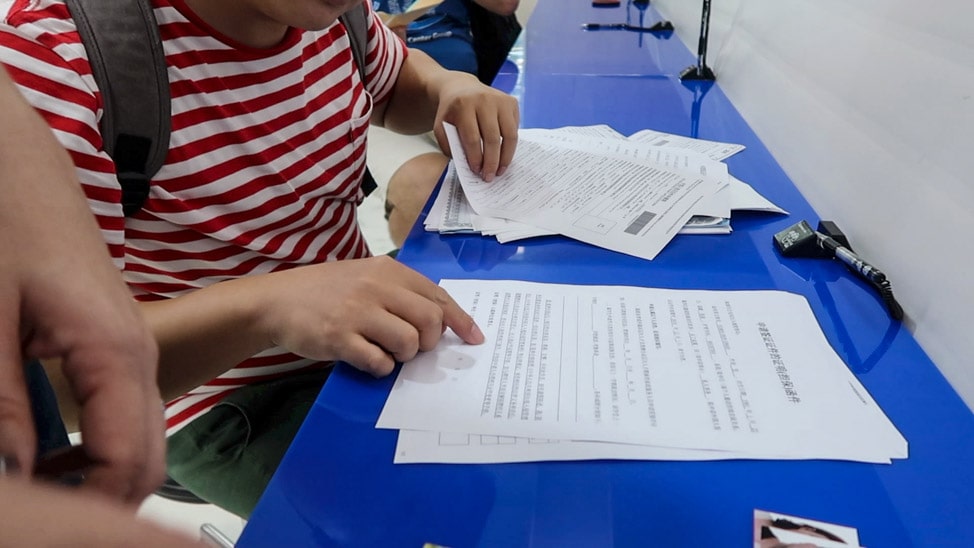
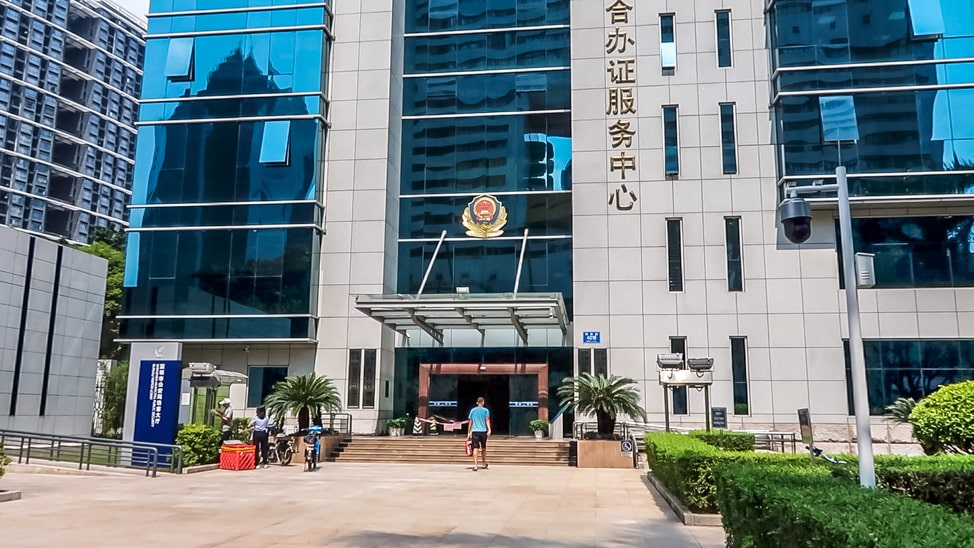
October 17th
After a successful few days in Shanghai during which we found an apartment, I flew back to Shenzhen to attend a charity auction, and deal with the moving company. As you may have read in our post about moving to Shanghai, we had train tickets to go to Beijing on the 18th for a conference Julie was attending. I had both copies of our temporary visas in Shenzhen, which were needed for me to retrieve both of our passports, along with our marriage license to prove we were husband and wife.
To say that we had a lot banking on the 17th would be an understatement. I needed our passports to be ready on time so that I could make it to the airport to fly to Shanghai in the evening. Only with those passports in hand would we be able to get our tickets to board the train to Beijing in the morning.
A variety of things could have gone wrong. If the passports weren’t ready, I would not be able to fly to Shanghai that night, since we needed our passports and I had to pick them up in person in Shenzhen. If the passports were ready but my flight was cancelled or severely delayed, Julie would be stuck since I had both of our passports. You need a valid passport to pick up train tickets, so even if Julie wanted to go to Beijing by herself, she was out of luck. Our train tickets were non-refundable, so we would be out of that money. Not to mention we were meeting Julie’s sister in Beijing, and we had a weekend of activities planned.
Shockingly, it went according to plan. I arrived at 5pm at the same entry/exit immigration office across town, picked up both of our passports, returned the temporary visa papers, and headed straight to the airport for my 8pm flight. The aviation gods blessed me with an on-time departure (a rarity in China). I walked in the door around midnight, passports in hand. Six hours later, at 6am, we were off to Beijing.

October 22nd
I should mention that the sweet silver lining in all of this is that the essential paperwork need for visas throughout China is basically the same. It’s not like all the hard work we did to move to China went out the window. However, the one document complication we had was with our marriage license. Prior to our move to Shenzhen, we had it officially notarized by the State of Florida and then officially authenticated by the Chinese consulate in Texas.
In a strange twist to the rules, the official authentication (for that one document) only lasts for six months. Since we had lived in Shenzhen for almost 18 months, the authentication was no longer valid. We were told we had to get an affidavit from the US consulate in Shanghai to verify that we were still married.
If you’re counting, we’re on government office #3.
We arrived on the morning of the 22nd for our 8:30am appointment at the consulate. In classic fashion for Asia in general, the US Consulate is located on the 8th floor of a shopping mall. We were met with a huge crowd of Chinese nationals there to apply for tourist visas, but luckily, we were able to bypass that mess and head straight up to the office.
The meeting took about an hour, as we waited in a depressing, windowless office with that fluorescent overhead lighting that just sucks the life out of you. We told the person at the window what we were looking for, and then waited for the notary to call us back. Paperwork signed, strange document notarized, we headed off to our second appointment on the morning.
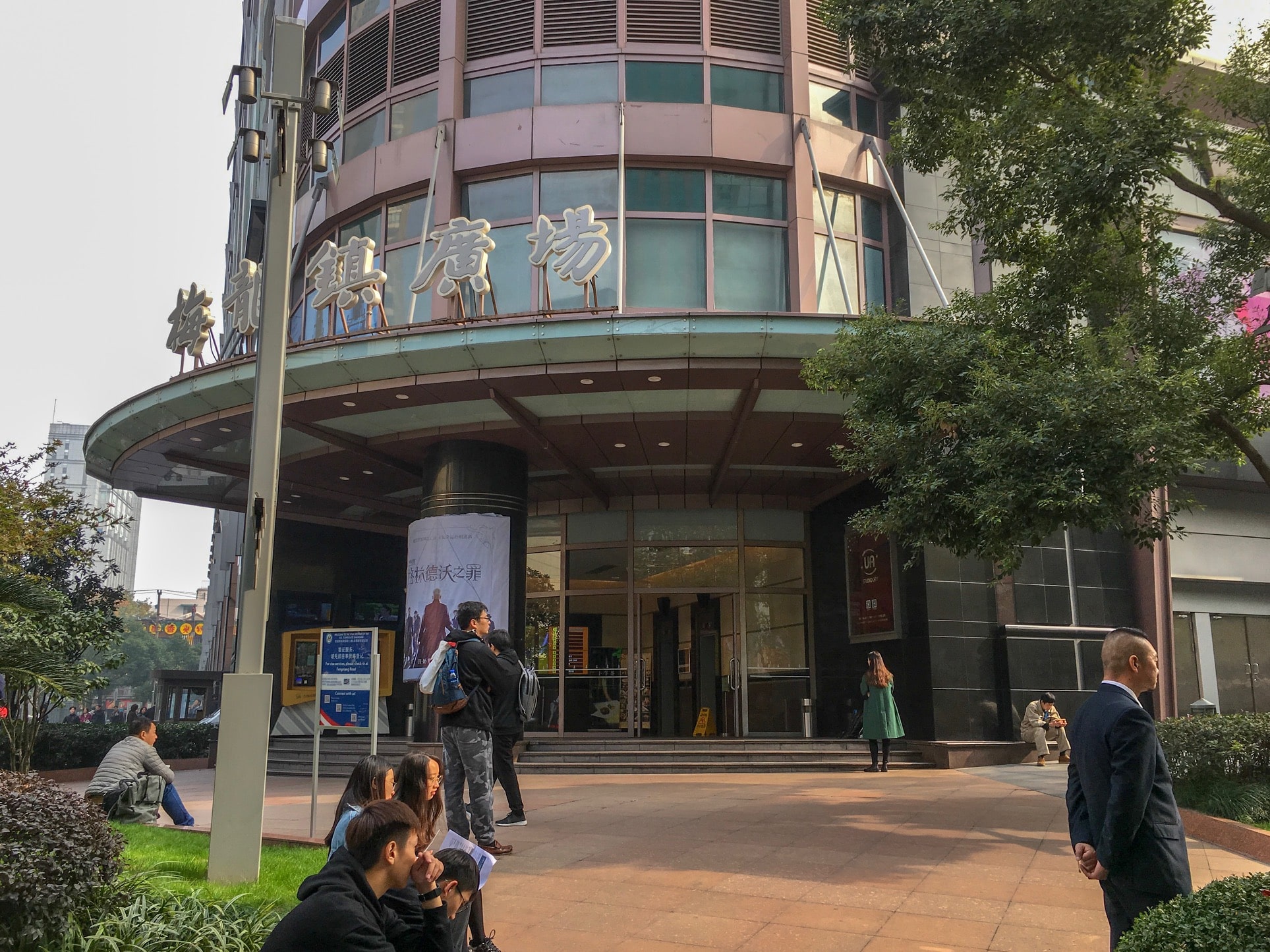
The next stop was to our local police station to register. This is something everyone has to do in China, including visitors. It is why you hand over your passport at your hotel; they simply file your information with the police for you. Since we were living that Shanghai expat life, we had to do this step ourselves (we had to do the same in Shenzhen).
It is a quick process, requiring your passports and apartment lease, showing your current address. It took about 20 minutes.
October 23rd
This was the day Julie took her large stack of paperwork, neatly arranged in a file folder, to her HR department to apply for her work permit. This included her original diploma from university, an oversize document consisting mostly of Latin. In Shenzhen, an authenticated photo copy and English translation of the diploma works fine. In Shanghai she needed the original diploma and a Chinese translation. These, friends, are the tiny headache-inducing differences at play. Her new work contract with the local Shanghai office, not to mention the official cancellation of her former contract in Shenzhen, were thrown in the pile of paperwork.
Work permit done.
November 9th
At some point during between October 23rd and November 9th, the third party company that handles visas for Julie’s Shanghai office picked up her completed work permit, since it was needed for the final step: applying for our residency permits.
For this, we met our visa fixer at the Shanghai Entry/Exit Immigration Office (office #4). We went straight to the 2nd floor, to a rather bright and cheerful waiting area, filled with foreigners, their visa helpers, and a few dozen immigration officer windows. It is really quite a fascinating system to watch. Visa fixers – hired by almost every foreigner and foreign company – are ubiquitous and they use this waiting area almost like an office. Our guy was handling multiple people that day, and he had a stack of applications and passports on the desk of one immigration officer as he worked the room, updating his clients about the status of their paperwork. At their turn, each foreigner sits in front of the officer while the fixer rifles through the stack of completed and correctly-ordered paperwork, providing it all to the officer.
Our paperwork wasn’t actually perfect. At our US consulate appointment in October, apparently, the affadavit and our marriage license were meant to be attached together with some kind of seal, to prove that the American officer had seen and verified both documents. Without the seal, who knows if the affadavit is real or not. We got a special exception from a manager for this year, but next year we’ll need to redo this step.
After about an hour, we had completed everything and we were told to leave. The visa company would handle picking up the passports, containing our freshly minted Shanghai residency permits, and delivering them to Julie’s office.
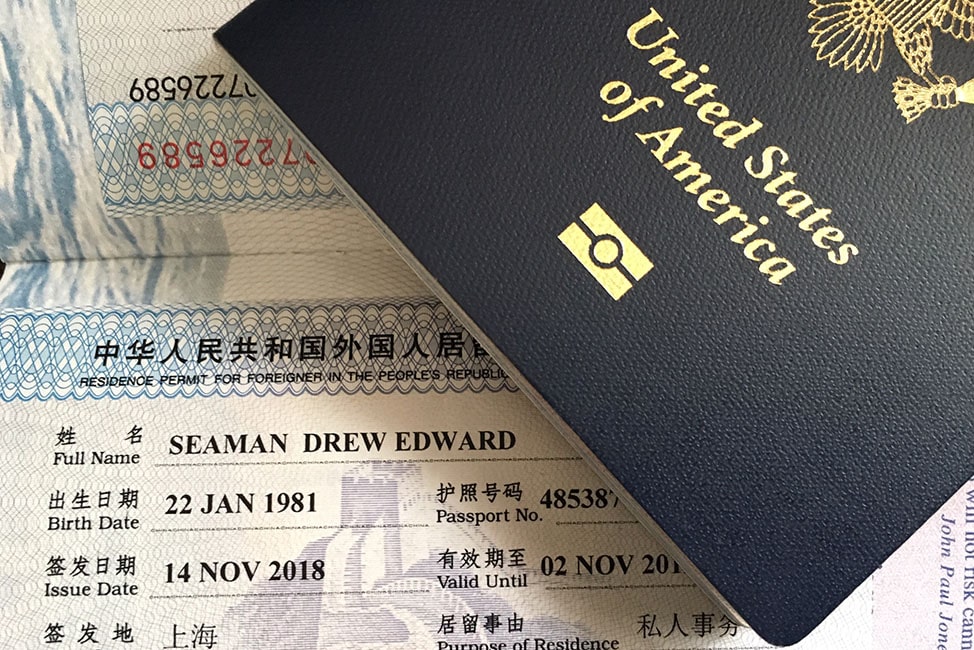
November 20th
Precisely 43 days after our visit to the Shenzhen offices to cancel our permits there, we were done. Julie received a big packet of paperwork, our two passports, and a new work permit, all valid for a year. Her massive diploma, which honestly doesn’t fit in any kind of normal folder, was crumpled but it’s seen more adventure than most documents ever get in their lifetime.
Next year, we’ll do it all over again.
Before I wrap this up, I should say that it’s awfully fun to complain about bureaucracies and paperwork, but in the spirit of gratefulness this holiday season, we are lucky to have these complaints. As we are reminded of often, we don’t have to live in China, we don’t have to do this paperwork, we don’t have to deal with the weird headaches and complications that arise. We could just go home. We choose this, year after year, because the benefits vastly outweigh the difficulties, and it is well worth the effort!

